Introduction
In the vast realm of herbal remedies and culinary adventures, few plants stand out as uniquely as Notoginseng (Panax notoginseng), commonly known as Sanqi in Chinese. This perennial herb, native to China’s Yunnan province, boasts a rich history in traditional medicine for its healing properties. However, beyond its medicinal fame, Notoginseng leaves, or Sanqi leaves, offer a delightful and nutritious addition to the culinary world. This article delves into the various ways one can incorporate Sanqi leaves into their diet, highlighting their unique flavors, nutritional benefits, and preparation techniques.
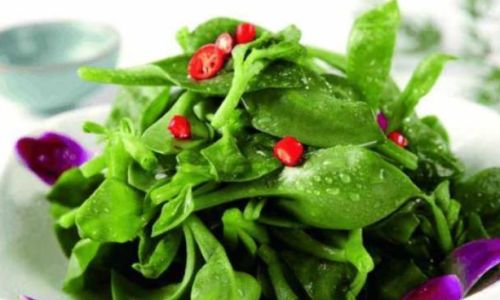
Understanding Notoginseng Leaves
Before diving into the culinary aspects of Notoginseng leaves, it’s crucial to understand their botanical and medicinal background. Notoginseng belongs to the Araliaceae family, which includes ginseng, another well-known herbal remedy. The plant is valued for its roots, which have been used in traditional Chinese medicine (TCM) to treat conditions ranging from blood circulation issues to inflammation and pain relief. However, the leaves, often overlooked, possess their own set of nutritional and health benefits.
Sanqi leaves are rich in saponins, polysaccharides, vitamins, and minerals. These compounds contribute to their antioxidant, anti-inflammatory, and immune-boosting properties. They are also believed to support cardiovascular health and improve blood circulation. Incorporating these leaves into your diet can thus be a holistic approach to maintaining good health.
Nutritional Benefits of Sanqi Leaves
-
Antioxidant Properties: Sanqi leaves are packed with antioxidants, which help combat oxidative stress and reduce the risk of chronic diseases.
-
Anti-Inflammatory Effects: Their anti-inflammatory compounds can alleviate inflammation, aiding in the management of conditions like arthritis and joint pain.
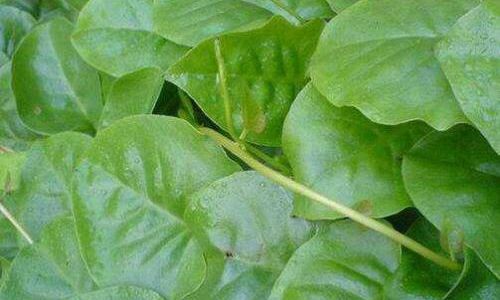
-
Cardiovascular Health: Regular consumption may support heart health by improving blood circulation and reducing the risk of heart diseases.
-
Immune Boosting: The vitamins and minerals in Sanqi leaves can enhance the immune system, making the body more resilient against infections and illnesses.
-
Blood Circulation: They are particularly beneficial for promoting healthy blood flow, which is essential for overall bodily functions.
Culinary Preparations of Sanqi Leaves
Now, let’s explore the exciting culinary possibilities of Notoginseng leaves. While they might not be as mainstream as other leafy greens, their unique flavor profile and nutritional benefits make them worth experimenting with. Here are several delicious and healthy ways to enjoy Sanqi leaves:
Sanqi Leaf Salad
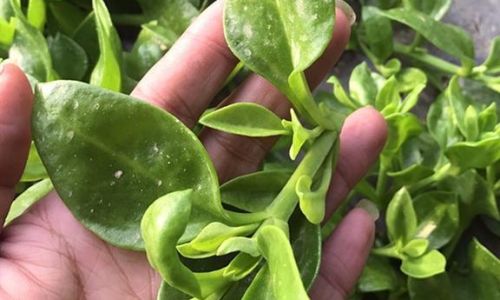
One of the simplest and most refreshing ways to enjoy Sanqi leaves is in a salad. Wash the leaves thoroughly and chop them into bite-sized pieces. Combine them with your favorite salad greens, such as spinach, arugula, or kale. Add cherry tomatoes, cucumber slices, and red onion for a colorful and nutritious mix. Drizzle with a light vinaigrette made from olive oil, balsamic vinegar, salt, and pepper. This salad is not only visually appealing but also packed with antioxidants and vitamins.
Sanqi Leaf Stir-Fry
Stir-frying Sanqi leaves is another quick and easy way to incorporate them into your meals. Heat a tablespoon of sesame or olive oil in a wok or large skillet over medium-high heat. Add minced garlic and ginger, and sauté until fragrant. Then, add thinly sliced Sanqi leaves and stir-fry for about 2-3 minutes until they turn bright green and slightly tender. Season with a pinch of salt and a dash of soy sauce. Serve this stir-fry as a side dish or over a bed of rice for a complete meal.
Sanqi Leaf Soup
Soups are a fantastic way to harness the nutritional benefits of Sanqi leaves while enjoying a comforting and hearty dish. Create a simple vegetable broth by boiling water with sliced carrots, celery, and onions. Once the vegetables are tender, add chopped Sanqi leaves and let them simmer for a few minutes. Season with salt, pepper, and a touch of soy sauce or miso paste for flavor. This soup is perfect for cold days, providing warmth and nourishment.
Sanqi Leaf Tea
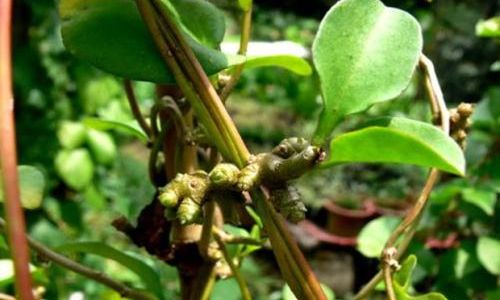
For those who prefer their greens in liquid form, Sanqi leaf tea is an excellent choice. To make this tea, gather fresh or dried Sanqi leaves. If using fresh leaves, rinse them thoroughly. Place the leaves in a teapot or infuser and pour hot water over them. Allow the tea to steep for about 5-7 minutes. Strain the leaves and enjoy your tea plain or with a splash of honey or lemon for added flavor. Sanqi leaf tea is known for its subtle, earthy taste and its calming effect on the body.
Sanqi Leaf Pesto
Transform Sanqi leaves into a vibrant pesto that can elevate pasta, sandwiches, or even grilled vegetables. Blend fresh Sanqi leaves with garlic, olive oil, Parmesan cheese, pine nuts, salt, and pepper until smooth. Adjust the consistency with more olive oil if needed. This pesto is a delightful fusion of flavors, combining the earthiness of the leaves with the richness of cheese and nuts.
Sanqi Leaf Juice
For a nutrient-dense beverage, try making Sanqi leaf juice. Blend fresh leaves with a handful of spinach, a couple of apples for sweetness, and a splash of lemon juice. Add a bit of water or coconut water to achieve your desired consistency. This juice is a refreshing way to start your day, packed with vitamins, minerals, and antioxidants.
Sanqi Leaf Pickles

If you’re adventurous and enjoy pickled vegetables, why not try pickling Sanqi leaves? Prepare a brine solution using vinegar, water, sugar, and salt. Pack the leaves into clean jars, pour the brine over them, and let them ferment for a few days to a week. Sanqi leaf pickles add a unique tang to sandwiches, salads, or even as a garnish for tacos and burritos.
Conclusion
Incorporating Notoginseng leaves, or Sanqi leaves, into your diet is not only a way to harness their numerous health benefits but also to explore new culinary horizons. From refreshing salads to hearty soups, from stir-fries to teas, the versatility of these leaves allows for endless possibilities. As you experiment with these recipes, remember to source fresh, organic leaves whenever possible to ensure maximum nutritional value and flavor.
The journey of discovering the culinary delights of Sanqi leaves is not just about taste; it’s a holistic approach to wellness. By integrating these leaves into your meals, you’re nurturing your body with nature’s bounty, promoting health, and enhancing your culinary experiences. So, why wait? Embark on this culinary adventure and explore the wonders of Notoginseng leaves today!

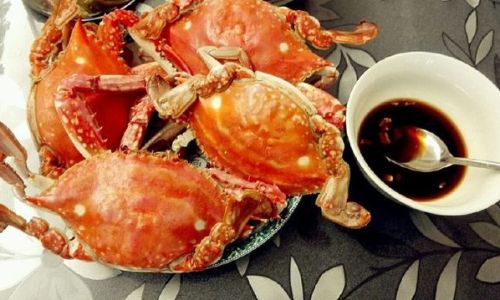
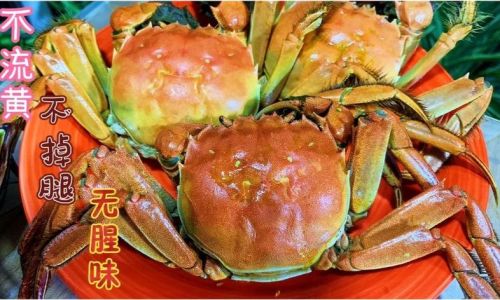
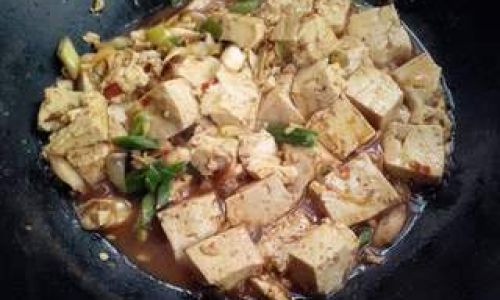

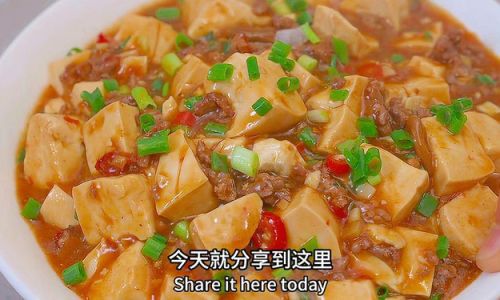
0 comments